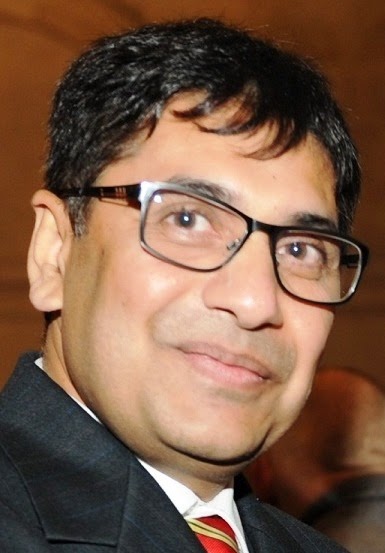Irish Electoral System Is Unique In The World
 |
| L-R Micheál Martin, Leo Varadkar and Mary Louise McDonald at Leaders Debate |
Ireland's single transferrable vote system of proportional representation (PR-STV) is one of the most logical, flexible and democratic systems anywhere in the world. This system encourages electorates to choose the candidate or party they like best. In situation, if candidates have no chance of being elected, then using their preferences to ensure that their vote moves on to a candidate with a real chance of winning the seat to the Dáil (Irish Parliament). While it is not strictly proportional, perhaps it is much fairer than the straight vote system of other democracies in the world.
Voter (s) can vote all candidates on the ballot paper
Maximise the impact of each vote. It is best to give every candidate a preference. A voter may provide first preference to the candidate voter most want to see elected and then in descending order of preference down to the one voter like least. In other words, voter vote to all candidate with a degree of preference.How the system works
The vital part of this system is a quota, which is set for each constituency depending on the number of seats to be filled and the number of people who have voted in the election. The quota is decided by dividing the number of valid votes by the number of seats plus one and then adding one to the resulting total.
For example, if 40,000 votes cast in a three-seat constituency the quota would be calculated by dividing the number of votes by four and then adding one making it 10,001. The formula means that no more than three people can reach the quota.
How vote transfers work
After the first count when all the number (priority) one have been counted the first thing to happen is that the surplus votes of a successful candidate who has exceeded the quota will be distributed. This is done by checking the second preferences on all the ballot papers of the candidate and distributing his or her number twos in proportion.
When all the first-count surpluses have been distributed, the returning officer will then move on to eliminating the candidate with the lowest number of votes. The number of twos will be counted and allocated to the other candidates. The next lowest will be eliminated and so on until there are only three candidates left for the three seats.
How does a number four or five or even lower preference count
As the counts progress a vote that was cast for a candidate eliminated early in the count will move on to the number two. If that candidate is eliminated in turn, it will go on to number three and so on. If the candidate getting, the number two is already elected or eliminated the vote will move on to the next available candidate still in the race.
There is a complication about distributing the surplus of a candidate elected after the first count with the help of transfers. Instead of counting all of the candidate's votes to allocate the next available preference, only the last bundles of votes received are counted to see where the next preferences go.
Tactical voting
One way of voting tactically is that by going all the way down the ballot paper, you can support the candidate or party you want with high preferences while attempting to stop the ones you like least by putting them at the very end.
Another way of voting tactically is that where a party is running more than one candidate, committed supporters are advised to give the number one to the weakest candidate on the ticket to maximise the party's chances of winning more than one seat. If the candidate is eliminated, the vote will not be wasted as the next preference will automatically be counted.
All preferences counted
No. At least half the ballot papers cast on Saturday will not be counted beyond the number one. If the number one goes to a candidate who is in contention for a seat but does not exceed the quota at any stage, the second preference will not be counted. Many of the seats will be filled by candidates who fall just short of a quota on the final count. Even if a candidate exceeds the quota after the first count, only a small proportion of the next preferences will be counted as part of a surplus.
Spoiled vote
A small proportion of votes are spoiled in every election because the voter has not clearly indicated a preference. This sometimes happens because a number 1 is given to more than one candidate. Often votes are spoiled on purpose with slogans written on the ballot paper by disgruntled voters.
Every vote count: Ben and Eric Show
Dublin South-Central in 1992 saw the Ben and Eric Show when Fianna Fáil's Ben Briscoe and Democratic Left's Eric Byrne sat through what is believed to be the most extended recount in Irish history.
 |
| Eric Byrne and Ben Briscoe during the longest 1997. |
After 13 counts, Eric Byrne won the seat by ten votes. Still, after ten days of recounts, the result was overturned, leading the Briscoe to describe the experience as The Agony and the Ex-TD famously.
In the next election, a political rivalry for the ages was born when the Green Party's John Gormley defeated Progressive Democrat Michael McDowell by 35 votes, after a week-long recount in Dublin South-East.
McDowell vowed to quit politics then, telling reporters his decision was irrevocable and would take effect whenever I get off the cross of this interminable recount. Five years later, he was back in the Dáil. In 2007, Gormley got the better of him again, edging him out for the final seat by just 304 votes, making McDowell the first Tánaiste in history to lose his seat.



Comments